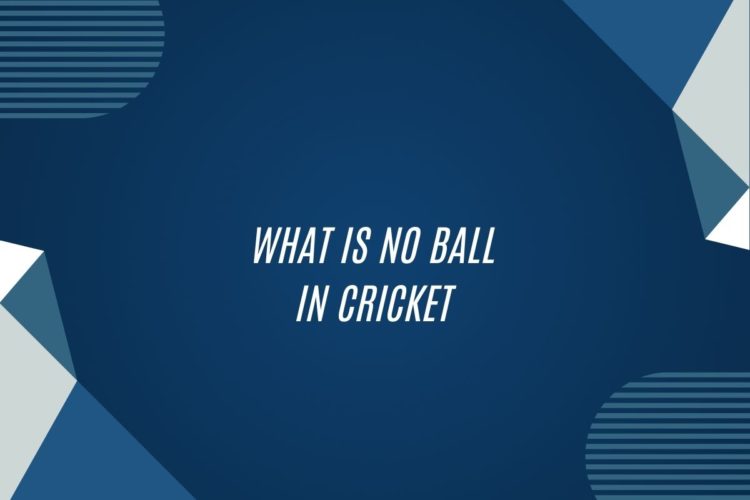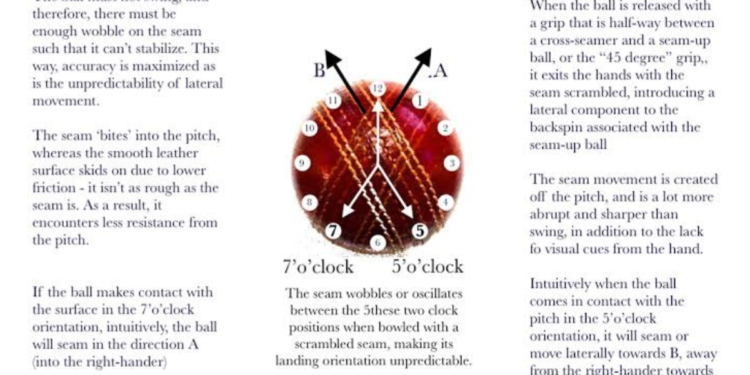Definition of No Ball
In cricket, a no ball is a penalty given by the umpire to the bowling team for an illegal delivery. This kind of delivery can happen for various reasons, including the bowler overstepping the crease, not having the required number of fielders in the right positions, or bowling a full toss above waist height. When a no ball is called, it means that the delivery does not count as a legitimate ball, and the batting team is awarded one extra run in addition to any runs scored off that delivery.
No balls are closely monitored by the umpires to ensure that the game is played fairly and within the rules. It is essential for bowlers to be diligent in their deliveries and follow the regulations set by the governing body of cricket to avoid penalties such as no balls. The consequences of consistently bowling no balls can lead to disciplinary actions, impacting the bowler’s reputation and performance on the field.
Types of No Balls in Cricket
There are various types of no balls in cricket, each with its distinct characteristics and repercussions. One common type is when the bowler oversteps the popping crease while delivering the ball, leading to a no ball being called by the umpire. This could result from the bowler’s eagerness to generate extra pace or gain an unfair advantage by cutting down the distance to the batsman.
Another type of no ball occurs when the bowler’s front foot lands on the return crease or outside the return crease, breaching the rules of a fair delivery. Such actions can occur due to lack of proper alignment or balance during the bowler’s run-up, prompting the umpire to raise the arm and signal a no ball. This error not only gives the batting team an additional run but also offers them a free hit opportunity to score without the risk of getting dismissed.
What Causes a No Ball to be Called
When a bowler exceeds the front crease during the delivery stride, it results in a no ball being called. This can happen when the bowler oversteps the mark in an attempt to gain an unfair advantage over the batsman. Umpires closely monitor the position of the bowler’s front foot in relation to the crease to ensure fairness in the game.
Additionally, if the bowler fails to maintain a proper arm position while delivering the ball, it can lead to a no ball being signaled by the umpire. This is done to prevent bowlers from using illegal techniques or actions that could potentially endanger the safety of the batsman. It is important for bowlers to adhere to the established rules and regulations to maintain the integrity of the game.
Consequences of Bowling a No Ball
Bowling a no ball in cricket can have serious consequences for the bowling team. With a no ball being considered an illegal delivery, the batting team is awarded an additional run. This can be particularly damaging in close matches where every run counts towards the final outcome.
Furthermore, if a bowler consistently bowls no balls, they may face penalization from the umpires. This could result in the bowler being taken off from bowling duties, affecting the team’s overall strategy and potentially leading to a weakening of the bowling attack. It is therefore crucial for bowlers to ensure they adhere to the rules and avoid bowling no balls to prevent any negative consequences for their team.
How Umpires Determine a No Ball
When it comes to determining a no ball in cricket, umpires primarily focus on the bowler’s front foot. The front foot must land within the bowling crease, ensuring it doesn’t extend over the line. If the front foot crosses the popping crease without any part remaining behind the line, it results in a no ball being called by the umpire. This aspect of the delivery is closely monitored by the on-field umpires to maintain the integrity of the game.
In addition to monitoring the bowler’s front foot, umpires also keep a close eye on the arm action to detect any illegal bowling actions that could lead to a no ball. A bowler’s arm must not extend beyond the permissible limit while delivering the ball, as prescribed by the laws of the game. The umpires have the crucial responsibility of ensuring that all deliveries adhere to the regulations, and any deviation from the stipulated guidelines can result in a no ball being signaled during a match.























